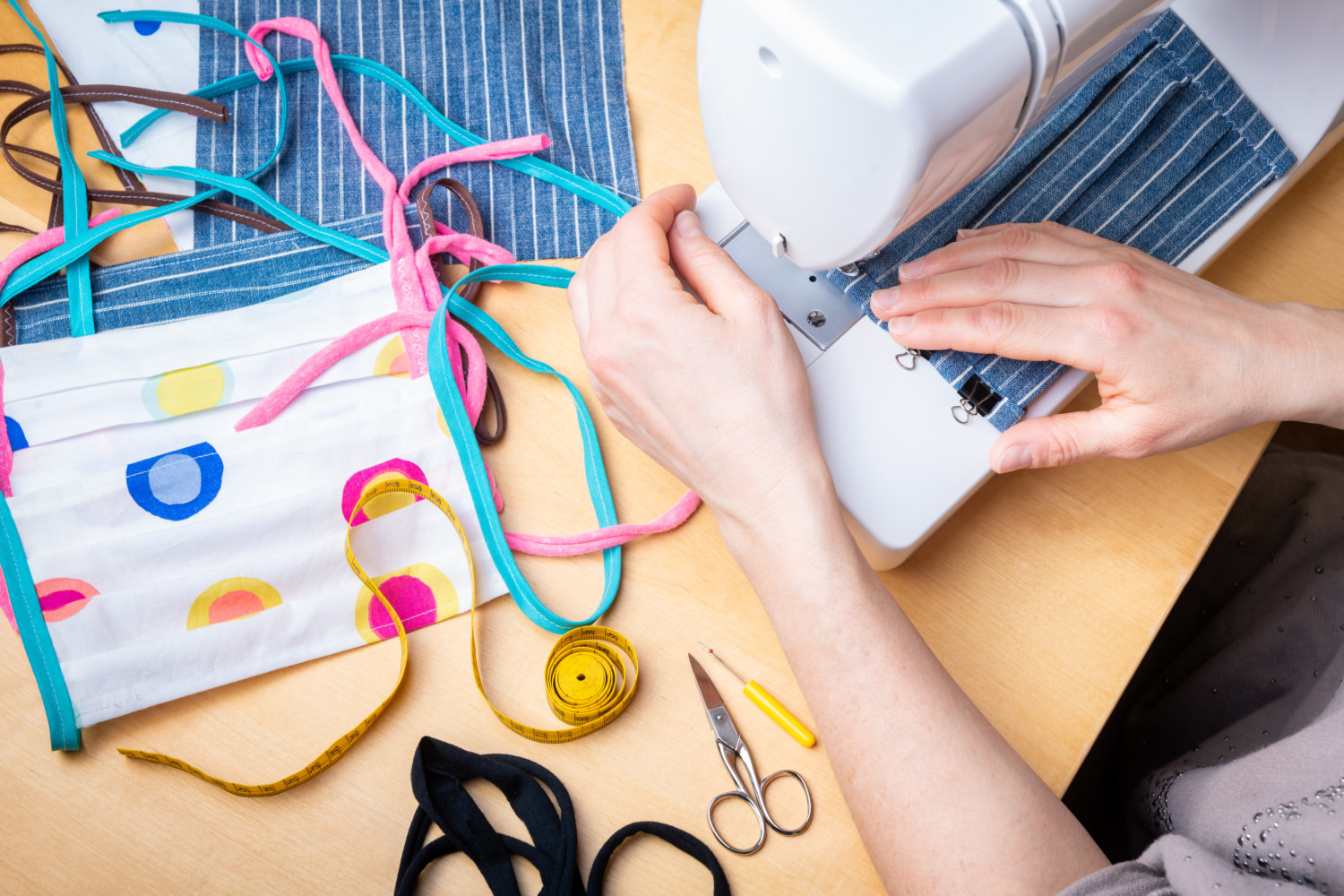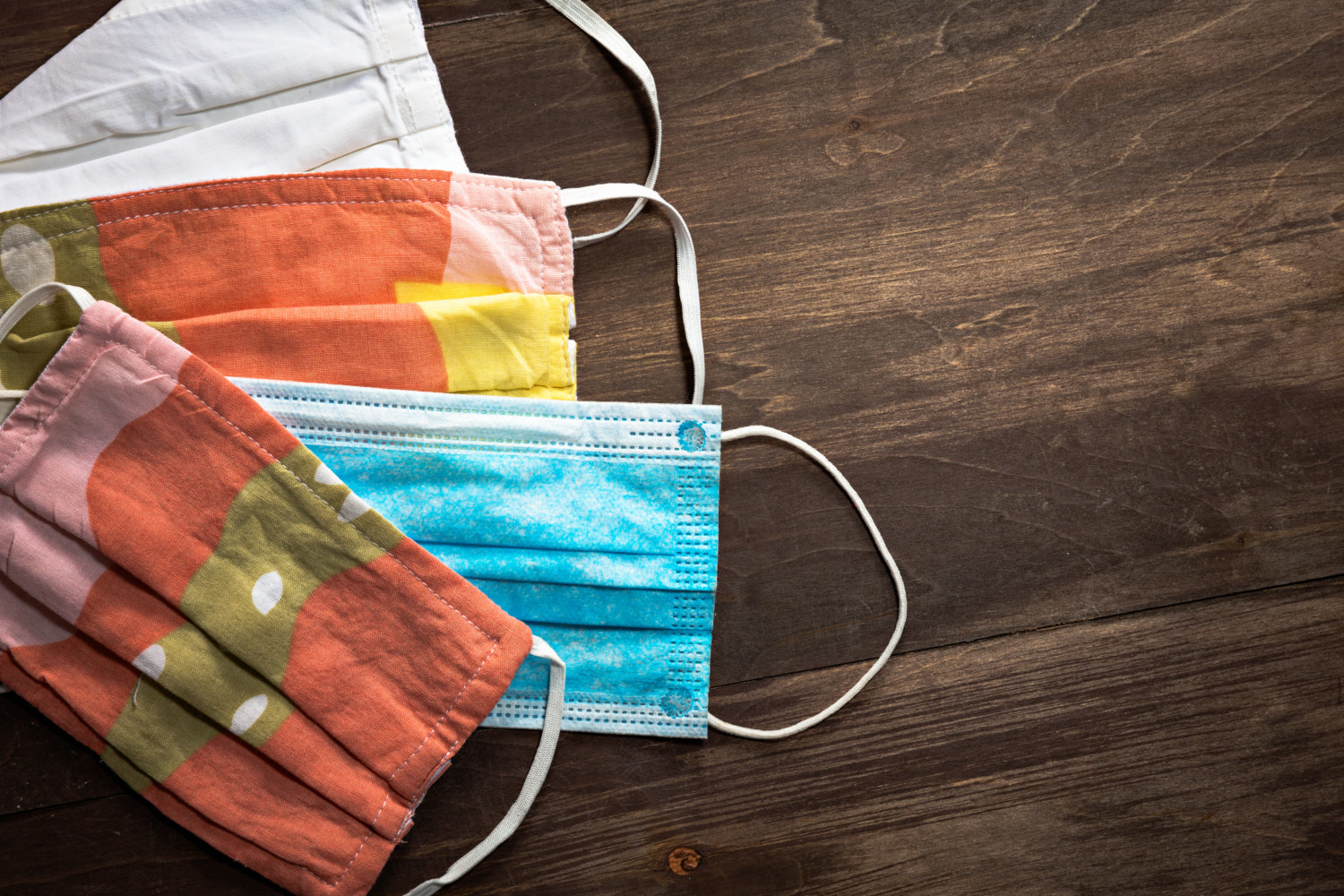As many states start easing their stay-at-home orders, many of the new guidelines for going out in public recommend (or require) wearing face masks when spending time around other people. That means that many of the homebound people who made face masks to donate to front line workers or first responders might want to make a few more for themselves.
The Centers for Disease Control and Prevention recommends wearing cloth face masks to “slow the spread of the virus and help people who may have the virus and do not know it from transmitting it to others.”
And while the CDC says recommended face coverings “are not surgical masks or N-95 respirators,” recent scientific studies are providing more clarity on which fabrics provide the best protection. In fact, some of the findings show that combining certain common fabrics could have a similar level of filter protection as the elusive N-95 mask.

Testing Fabrics
Researchers at the University of Chicago and the Argonne National Laboratory took a look at how effective different fabrics were when used as masks. Scientists created different aerosol sprays to mimic the composition of the coronavirus with varying sized droplets.
They tested common fabrics like cotton, flannel, silk and chiffon, as well as combinations of them, to see which ones worked best. As you probably expected, the tighter the weave in a fabric, the more effective it was in blocking aerosol droplets overall.
The researchers found that a higher thread count will provide better protection. Quilting fabric with cotton batting was particularly effective blocking particles of all sizes.
“A particulate trying to go across that membrane will get stuck in those gaps and pores and will not make it to the other side,” Supratik Guha, a professor of molecular engineering at the University of Chicago, told Fast Company of the results.

Layering Is Best
The researchers found that the best protection came by making masks with two layers of different fabrics. For example, a mask with a layer of cotton and a layer of silk, or a layer of cotton and a layer of chiffon, performed on par with an N-95 mask, according to the study. The N-95 masks were “slightly better” at filtering out large particles, according to Fast Company, but the layered, homemade masks actually filtered smaller particles better.
A combination of cotton and flannel layers worked well as a mask, but it seemed like cotton-silk and cotton-chiffon were the big winners. Other studies have also shown that T-shirt material is not your best bet for an effective face mask, so it’s best to avoid that, according to Fast Company.
Fabric filtration is obviously important for an effective mask, but the fit is equally essential to keep you safe. The study showed that gaps caused by an improperly fitted mask “can result in over a 60% decrease in filtration efficiency.”
Next time you get out the sewing machine to make some DIY masks, consider stacking these fabrics together as it could make a huge difference.
This story originally appeared on Simplemost. Checkout Simplemost for additional stories.


